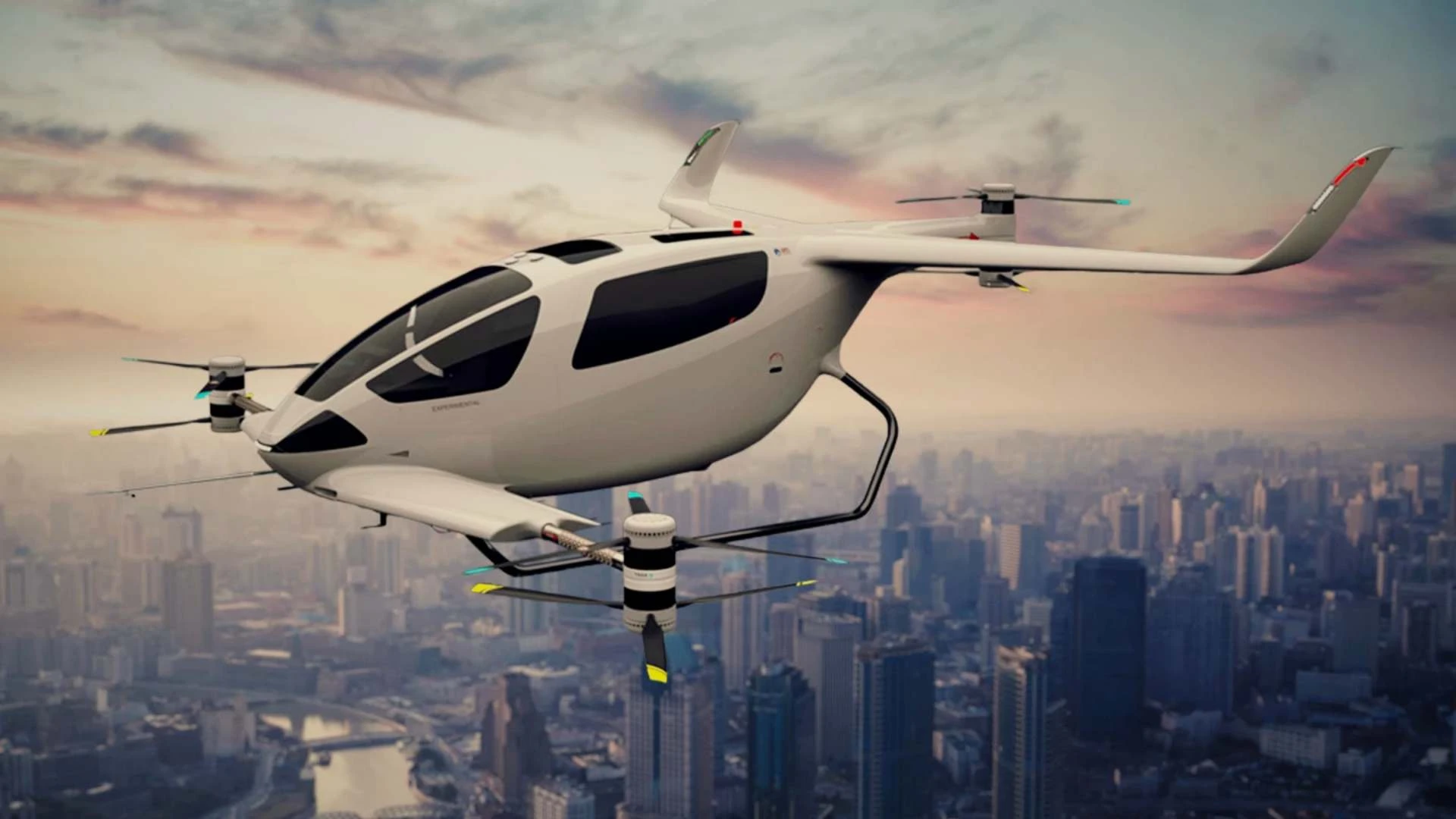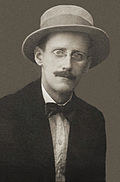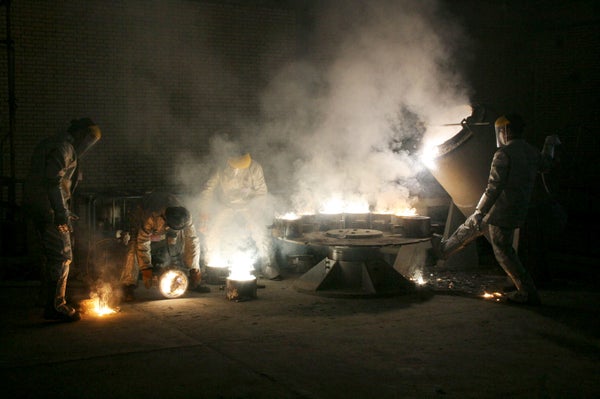Photos show the tanks, planes, and soldiers featured in the US Army's 250th anniversary parade held on Trump's birthday
President Donald Trump has long expressed interest in holding a military parade. He finally got one for his birthday.The US Army celebrated its 250th anniversary on Saturday in Washington, DC, with a parade featuring 6,600 troops, 150 vehicles, and over 50 aircraft.June 14 also marked Trump's 79th birthday.Trump attended the event accompanied by first lady Melania Trump and other family members. The president stood to salute troops as they passed his viewing box.In May, a US Army spokesperson told CNBC that the event could cost between million and million in total.
Prior to the parade, the National Mall was lined with displays of tanks, planes, cannons, and other weaponry to educate onlookers about the US Army's history and modern capabilities.
A tank is on display on the National Mall ahead of the Army's 250th anniversary parade.
Amid Farahi/AFP via Getty Images
The US Army also held a fitness competition where service members competed against one another in various drills.
A member of the military climbed a rope during a fitness competition at the US Army's 250th Anniversary festival in Washington, DC.
Anna Moneymaker/Getty Images
Anti-Trump "No Kings" counterprotests, organized by the grassroots group 50501, were held nationwide ahead of the parade.
A "No Kings" protest in Los Angeles.
Aude Guerrucci/REUTERS
Protest signs across the country condemned Trump's policies and expressed support for progressive causes.
A "No Kings" protest in New York City.
Eduardo Munoz/REUTERS
President Donald Trump attended the parade with first lady Melania Trump. Vice President JD Vance and second lady Usha Vance were also present.
Donald Trump and Melania Trump at the Army 250th Anniversary Parade.
DOUG MILLS/POOL/AFP via Getty Images
The Trump family members in attendance included Donald Trump Jr. and girlfriend Bettina Anderson, Eric and Lara Trump, and Tiffany Trump's husband, Michael Boulos.
President Donald Trump, first lady Melania Trump, and other Trump family members and White House officials at the US Army's 250th anniversary parade.
Mandel NGAN/AFP via Getty Images
The parade featured service members dressed in historic uniforms dating back to the Revolutionary War, honoring the origins of the US Army.
US military service members in Revolutionary War uniforms marched along Constitution Avenue during the Army's 250th anniversary parade in Washington, DC.
Amid FARAHI/AFP via Getty Images
Historic tanks such as the Sherman tank used in World War II rolled through the streets.
Members of the U.S Army drive in a Sherman tank in the US Army's 250th anniversary parade in Washington, DC.
Samuel Corum/Getty Images
The parade also featured more modern tanks such as M2 Bradley Fighting Vehicles, which the US used in the Iraq War and provided to Ukraine amid the ongoing war with Russia.
An M2 Bradley Fighting Vehicle rolls down Constitution Avenue during the Army's 250th Anniversary Parade in Washington, DC.
AMID FARAHI/AFP via Getty Images
Service members driving the vehicles waved and gestured at the crowds, who braved rainy weather to watch the festivities.
Members of the US Army drive a Bradley Fighting Vehicle in the 250th anniversary parade.
Andrew Harnik/Getty Images
The Golden Knights, the US Army's parachute demonstration and competition team, leapt from planes and landed in front of the White House during the parade.
A member of the Golden Knights during the US Army's 250th anniversary parade.
Mandel NGAN / AFP
Lines of uniformed service members stretched all the way down Constitution Avenue.
Members of the US Army march in the 250th anniversary parade in Washington, DC.
Kevin Dietsch/Getty Images
B-25 and P-51 planes performed flyovers despite foggy skies.
A US Army B-25 and two P-51s performed a flyover during the Army's 250th Anniversary Parade in Washington, DC.
OLIVER CONTRERAS/AFP via Getty Images
Army helicopters flew in formation over the National Mall.
A girl waved at a squad of helicopters during the Army's 250th Anniversary Parade.
MATTHEW HATCHER/AFP via Getty Images
After the parade, the night ended with fireworks to celebrate the US Army's 250th birthday and Trump's 79th.
Donald Trump and Melania Trump watch fireworks in Washington, DC, after the US Army's 250th anniversary parade.
Doug Mills/Pool/Getty Images
#photos #show #tanks #planes #soldiersPhotos show the tanks, planes, and soldiers featured in the US Army's 250th anniversary parade held on Trump's birthday
President Donald Trump has long expressed interest in holding a military parade. He finally got one for his birthday.The US Army celebrated its 250th anniversary on Saturday in Washington, DC, with a parade featuring 6,600 troops, 150 vehicles, and over 50 aircraft.June 14 also marked Trump's 79th birthday.Trump attended the event accompanied by first lady Melania Trump and other family members. The president stood to salute troops as they passed his viewing box.In May, a US Army spokesperson told CNBC that the event could cost between million and million in total.
Prior to the parade, the National Mall was lined with displays of tanks, planes, cannons, and other weaponry to educate onlookers about the US Army's history and modern capabilities.
A tank is on display on the National Mall ahead of the Army's 250th anniversary parade.
Amid Farahi/AFP via Getty Images
The US Army also held a fitness competition where service members competed against one another in various drills.
A member of the military climbed a rope during a fitness competition at the US Army's 250th Anniversary festival in Washington, DC.
Anna Moneymaker/Getty Images
Anti-Trump "No Kings" counterprotests, organized by the grassroots group 50501, were held nationwide ahead of the parade.
A "No Kings" protest in Los Angeles.
Aude Guerrucci/REUTERS
Protest signs across the country condemned Trump's policies and expressed support for progressive causes.
A "No Kings" protest in New York City.
Eduardo Munoz/REUTERS
President Donald Trump attended the parade with first lady Melania Trump. Vice President JD Vance and second lady Usha Vance were also present.
Donald Trump and Melania Trump at the Army 250th Anniversary Parade.
DOUG MILLS/POOL/AFP via Getty Images
The Trump family members in attendance included Donald Trump Jr. and girlfriend Bettina Anderson, Eric and Lara Trump, and Tiffany Trump's husband, Michael Boulos.
President Donald Trump, first lady Melania Trump, and other Trump family members and White House officials at the US Army's 250th anniversary parade.
Mandel NGAN/AFP via Getty Images
The parade featured service members dressed in historic uniforms dating back to the Revolutionary War, honoring the origins of the US Army.
US military service members in Revolutionary War uniforms marched along Constitution Avenue during the Army's 250th anniversary parade in Washington, DC.
Amid FARAHI/AFP via Getty Images
Historic tanks such as the Sherman tank used in World War II rolled through the streets.
Members of the U.S Army drive in a Sherman tank in the US Army's 250th anniversary parade in Washington, DC.
Samuel Corum/Getty Images
The parade also featured more modern tanks such as M2 Bradley Fighting Vehicles, which the US used in the Iraq War and provided to Ukraine amid the ongoing war with Russia.
An M2 Bradley Fighting Vehicle rolls down Constitution Avenue during the Army's 250th Anniversary Parade in Washington, DC.
AMID FARAHI/AFP via Getty Images
Service members driving the vehicles waved and gestured at the crowds, who braved rainy weather to watch the festivities.
Members of the US Army drive a Bradley Fighting Vehicle in the 250th anniversary parade.
Andrew Harnik/Getty Images
The Golden Knights, the US Army's parachute demonstration and competition team, leapt from planes and landed in front of the White House during the parade.
A member of the Golden Knights during the US Army's 250th anniversary parade.
Mandel NGAN / AFP
Lines of uniformed service members stretched all the way down Constitution Avenue.
Members of the US Army march in the 250th anniversary parade in Washington, DC.
Kevin Dietsch/Getty Images
B-25 and P-51 planes performed flyovers despite foggy skies.
A US Army B-25 and two P-51s performed a flyover during the Army's 250th Anniversary Parade in Washington, DC.
OLIVER CONTRERAS/AFP via Getty Images
Army helicopters flew in formation over the National Mall.
A girl waved at a squad of helicopters during the Army's 250th Anniversary Parade.
MATTHEW HATCHER/AFP via Getty Images
After the parade, the night ended with fireworks to celebrate the US Army's 250th birthday and Trump's 79th.
Donald Trump and Melania Trump watch fireworks in Washington, DC, after the US Army's 250th anniversary parade.
Doug Mills/Pool/Getty Images
#photos #show #tanks #planes #soldiers















